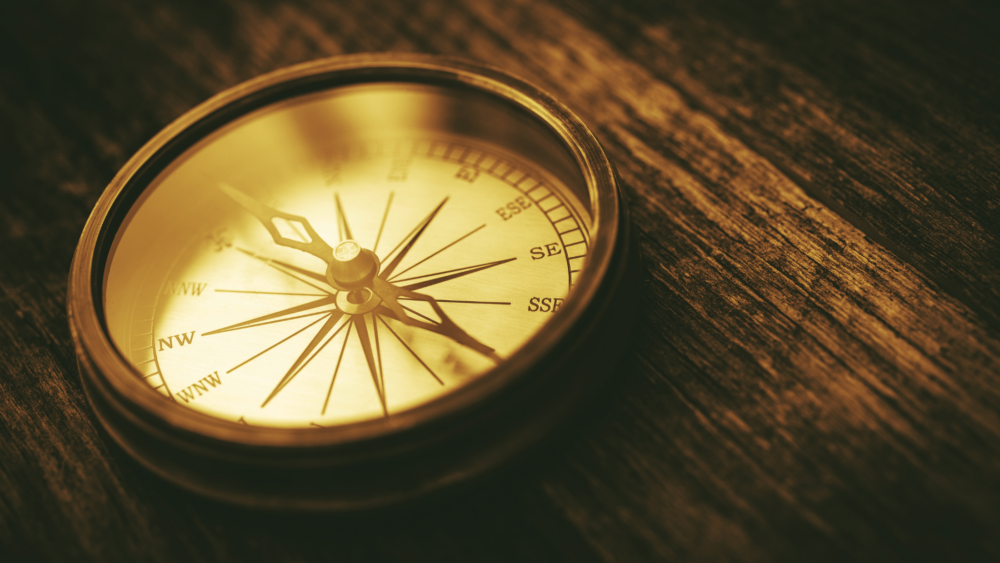Have you ever dreamed of leaving the 9-to-5 behind and living life entirely on your terms? I know I have. Whether your vision includes traveling the world, pursuing passion projects, or spending precious time with loved ones, early retirement can make these dreams possible. But before we get caught up in the excitement, let’s talk about what it really takes to make this happen.
The Bridge Period: Your Critical Gap Years
I want to share something crucial that many aspiring early retirees overlook: the bridge period. This is the gap between when you retire and when you can access your traditional retirement accounts (like your 401(k)) penalty-free at age 59½. If you’re planning to retire at 50 or 55, we’re talking about several years you’ll need to fund without touching your primary retirement savings. (Note that if you have had a separation from service prior to age 59 ½ you can access yoru 401(k) without penalty).
Three Pillars of a Successful Bridge Strategy
Creating Sustainable Income
I’ve found that building a diverse portfolio outside traditional retirement accounts is essential. Here’s what I recommend focusing on:
- Investment accounts that aren’t age-restricted
- Real estate investments for potential rental income
- Strategic cash reserves
- Roth IRA contributions (which can often be withdrawn penalty-free)
Here’s an insider tip: if you qualify, look into the Rule of 55 or Rule 72(t). These might help you access retirement funds early – but I strongly suggest working with a financial advisor to navigate these complex rules properly.
Solving the Healthcare Puzzle
One of the biggest challenges I see early retirees face is healthcare coverage before Medicare eligibility at 65. You’ve got several options to consider:
- Extending your employer’s coverage through COBRA
- Joining your spouse’s healthcare plan
- Purchasing coverage through the marketplace
Just remember to factor higher premiums into your budget – this is often the surprise expense that catches early retirees off guard because most employees are used to their employer covering most, if not all, of their healthcare costs.
Planning Tip: Putting money into an HSA while you’re working might be a good way to fund medical expenses (except for medicare premiums in retirement). You can also use your HSA to reimburse your medical expenses backdated several years as long as you keep good records.
Designing Your Ideal Lifestyle
Early retirement isn’t just about leaving work – it’s about creating a life you love. I always encourage my clients to think deeply about:
- How they’ll spend their days
- What activities will give them purpose
- Which dreams they’ll finally pursue
- How their new lifestyle will impact their spending
Making Your Dream a Reality
Early retirement isn’t just a financial decision – it’s a complete lifestyle transformation. By understanding the bridge period and working with experienced advisors, you can build a strategy that supports your goals and helps you make the most of your freedom.
Ready to start planning your early retirement journey? Let’s connect and discuss how to make your vision a reality.
